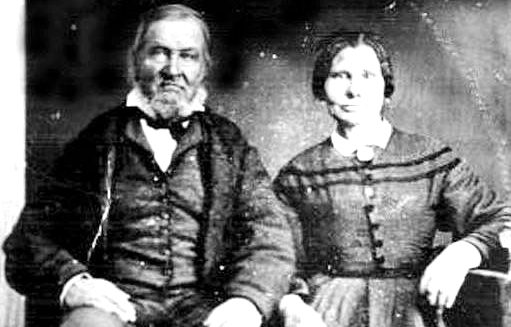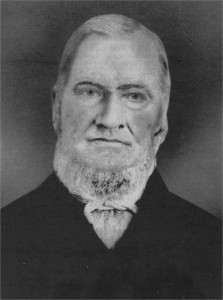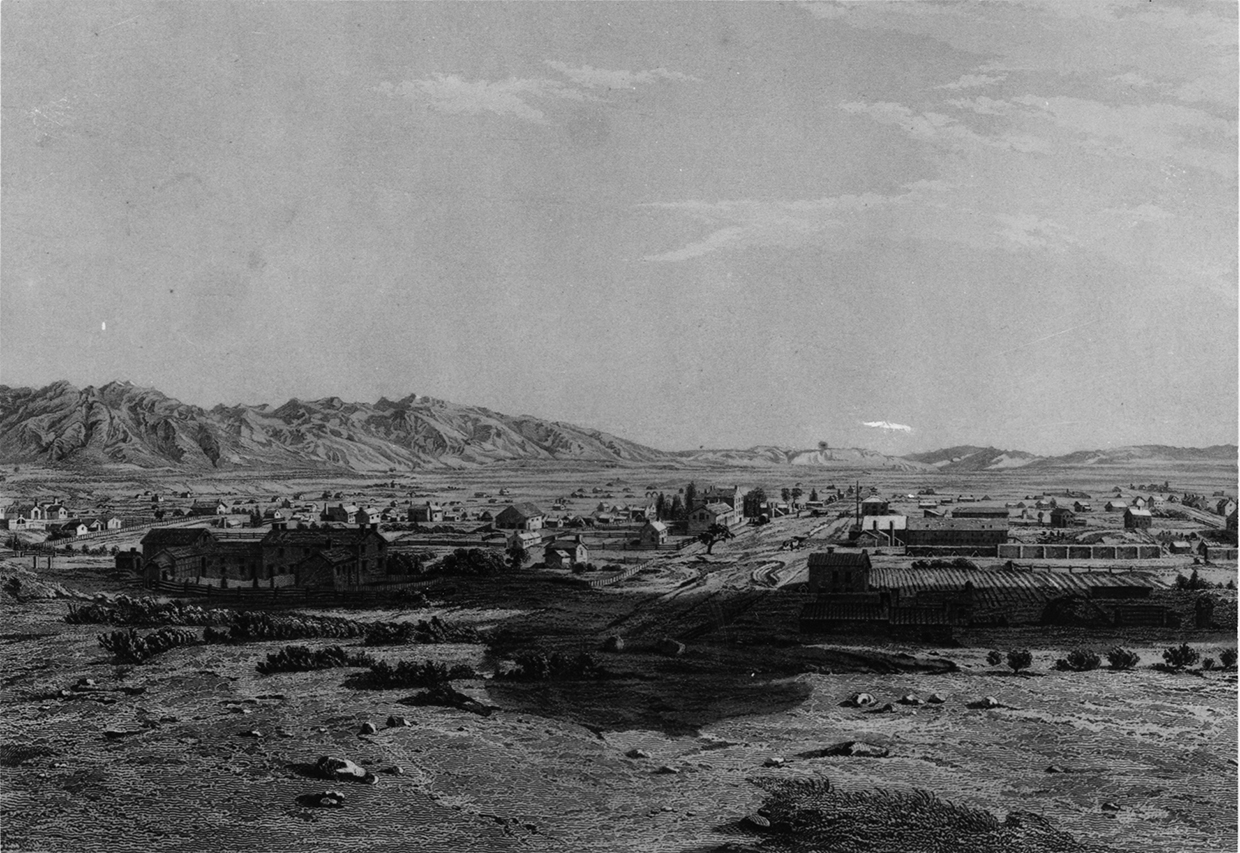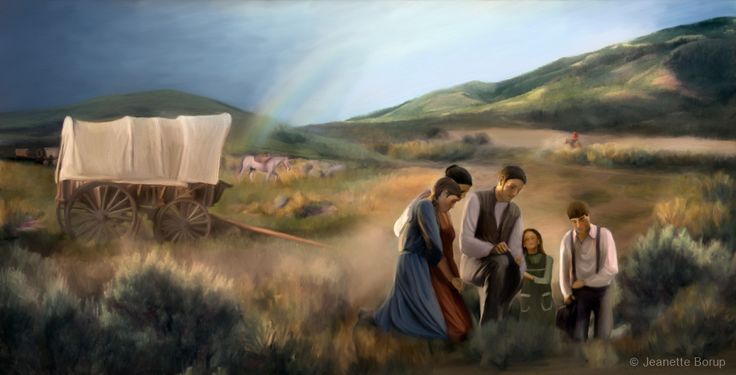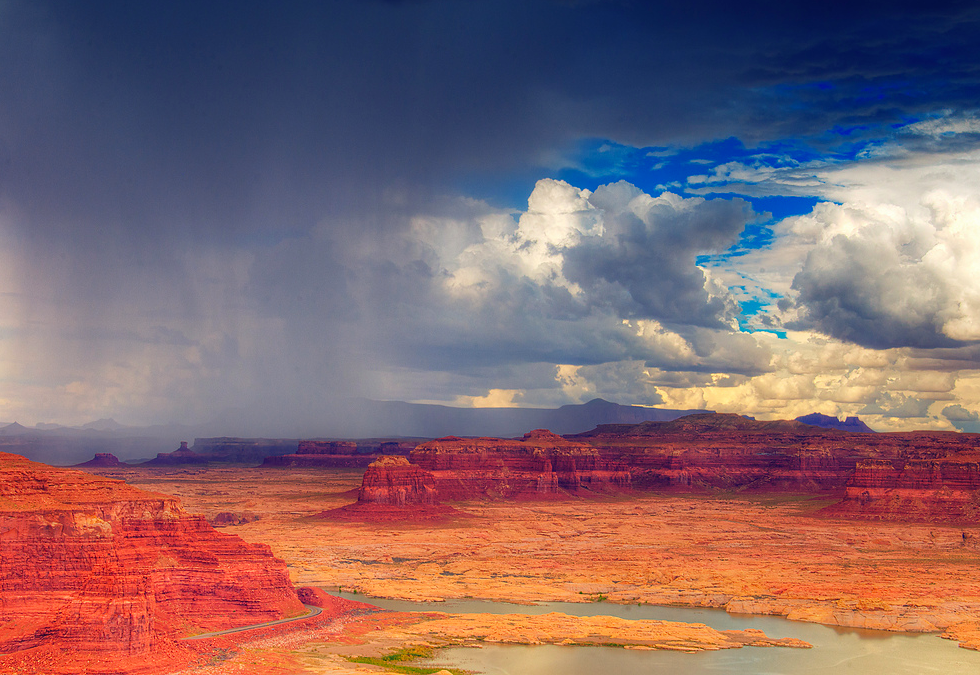For more than a year we have been working on telling the story through a new video about Ann Findley Westover, mother of William Westover and grandmother of Arnold Westover.
But the video keeps getting pushed back. Some of it has to do with my own personal time and life getting into the way of completing the project. But also there has been a little hesitancy because we keep finding out new parts to her story — causing me to re-write the video script time and again.
Ann’s life is crucial to telling the story of the Westover family. Born in 1838 in Scotland her years spanned the 19th century and all the events of Mormon history in Utah. Hers was the prototypical life of a 19th century Mormon woman.
The problem in telling her story, as with so many others, is that we lack a personal narrative of what happened to her. She left no journal that we know about. So we are left to pick of the pieces of her life from here and there — and from the records left by others.
These records just leave more questions we want answers to.
Ann was 17 when she arrived in the 2nd handcart company to make it to Utah in the fall of 1856. Just a few months later in February 1857 Ann found herself as the plural wife of Edwin Ruthvin Westover.
What was that like? Getting married at 17 may not have been unusual for the time but becoming a plural wife, at any age, was certainly out of the norm.
Putting her experience in Utah in just her first six months here requires us to know something of what the atmosphere was like in Utah when she arrived.
1856 was the year the first handcart companies made it to Utah. Ann was in a group that was successful in crossing the plains. She, along with the others of that company, were cheered as they were welcomed into Salt Lake City. But just two weeks after her arrival Brigham Young learned of the Willie and Martin companies still out on the plains and in a meeting called the Saints to rescue them.
She had to have been there. Was she? Rescue parties were formed, donations gathered and supplies were rushed to Wyoming. This saga lingered through the middle of December as Willie and Martin were not the only companies out there. The Hodgett and Hunt wagon trains were out there too. How much of this effort did Ann witness?
But there was other drama going on as well.
During the fall of 1856 the beginnings of the “Mormon Reformation” were taking place and this directly affected the life and future of Ann Findley. Mormon Apostle Jedidiah Grant began with a chastisement of the Saints in Kaysville, pleading with the Saints there to live lives more in harmony with the Gospel. The year 1856 was a year of horrible drought and devastating infestation of crickets. Some speculated that God was not pleased with the Saints and Grant led the charge as a member of the First Presidency in declaring repentance and reformation of faith among the Mormons.
It cannot be stated enough how much this impacted lives. As Saints recommitted themselves to living more holy lives they were rebaptized, they worked harder on doing baptisms for their kindred dead and they embraced more fully the principle of plural marriage. Records show thousands were engaged in these sacred activities at this time, including Ann Findley.
This was also the time when word was received that Johnston’s army was being sent to Utah to “put down the Mormon rebellion”. This event also affected the daily lives of regular Latter day Saints like Ann Findley Westover. Within months her new husband would be absent due to his duties as part of the Lot Smith band of Mormon Raiders — whose assigned duties included harassing the incoming army and breaking up their supply train.
Ann’s first two years in Utah were filled with drama and we don’t know what she thought of any of it. She bore her first child and by 1859 began a ten year period of moving from place to place with her husband and his other wife and family. She would bear five children and go as far as St. George in her travels before abruptly leaving Edwin to move to Mendon, Utah.
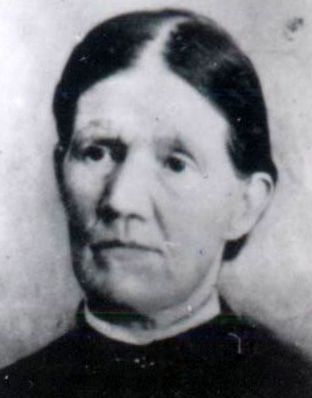
Sarah Shaw Findley
There are conflicting stories in what histories I can find. But maybe some answers could be found in the histories we can find from others who lived near her. One of those histories comes from Sarah Shaw Findley, Ann’s sister-in-law.
From FamilySearch we can find a lot about Sarah and her husband, William, who was Ann’s brother. But recently I found a history completely unrelated to our family that discusses some of the later years of Sarah — and that history sheds some light on the life of our Ann Findley Westover. It is called The Reluctant Bride — and that history is now available for download in our documents area of the site.
Sarah is another one of those women with an epic tale as a 19th century Mormon woman. But her life was marked with heart wrenching tragedy.
Sarah Shaw was married to William Findley Jr. in England in 1849 on Christmas Day. At the time, William was a coal miner and Sarah was a housemaid. Previous to getting married, William had heard a Mormon street preacher and converted, and Sarah joined him in converting to the church either during their courtship or shortly after they were married. She became pregnant but lost the baby, a boy, who survived just five minutes. It was with no small amount of heartbreak that she buried this child.
The Saints of England were emigrating in vast numbers and William wanted to join them. But Sarah was reluctant to leave her dead son and her parents. Several surviving histories document her struggle with this. At one point, William told her that he was going and he would pay for her passage with the church emigration agent if she ever wanted to go. And then he left. After days of agonizing over the decision Sarah left and joined William, catching him just in time as he was about to board the ship.
But their’s was a love story never to be forgotten and told through the generations. Sarah packed a small iron that she would use to iron a cap that William liked to wear. As with all immigrant companies they were not allowed to bring much and the small iron was definitely not a necessity. But Sarah didn’t view it that way. She hid the little iron up under her skirt and traveled the whole way to Utah with it concealed that way. The iron and it’s story has become a family legend. It ended up in the hands of…Ann Findley Westover. She gave it to one of Sarah’s grandchildren long after Sarah died — with the instruction that it be handed down only to a daughter named Lindsay (after her Mother, Linzey Hannah Hughes Findley).
That connection between Sarah and Ann is important.
How well they knew each other in their early years in Utah is unknown. Ann was all over southern Utah with Edwin, bearing children and living a wretched pioneer lifestyle in some of the most difficult areas of the territory. Meanwhile, Sarah was with William, who left Big Cottonwood in 1859 and moved to Mendon, Utah in Cache Valley. There William became a member of the stake high council and he farmed — becoming somewhat famous for his team of 12 beautiful horses. William partnered in some respects with another former coal miner from Scotland by the name of Henry Hughes.
William and Henry were best of friends, living near each other. Their children played together. And together they farmed. In 1868, after finally achieving some prosperity, both William and Henry decided they could now live the law of plural marriage and each took a teenage bride. A double wedding was held in Salt Lake in December 1868 but over the winter of 1869 William developed pneumonia and died. He, of course, left two wives — Sarah, and her five children — and Agnes, his new wife who was now pregnant with another child.
How and when Ann heard about her brother’s passing we don’t know. But we do know that she and Edwin reacted and it changed the course of their lives. Some histories suggest that Ann wanted to give up the rugged pioneer existence Edwin was giving her and another history says Ann felt compelled to go to Mendon not only to attend the funeral for her brother but also to help her aging parents, who with William were considered among the founding settlers of Mendon. Whatever the real reason, Ann and her children ended up in Mendon living with Sarah, her children and the newlywed Agnes.
What was Ann’s motivation in staying in Mendon? What did Edwin feel about that? What were Ann’s thoughts about marriage and family then?
But it was Sarah’s life that was thrown in to chaos.
William’s friend, Henry Hughes, informed Sarah, that he intended to marry her. This had nothing to do with love between Henry and Sarah. It had to do with a promise between friends — William and Henry. As they took plural brides in December 1868 they promised each other to “raise seed to the other”, as was a common practice among Latter Day saint men who lived life on a dangerous frontier. We have seen this once before in our family history. When Edwin died another man married his wife Sarah in Northern Arizona and famously “raised a righteous seed” in his name.
This was all news to Sarah, who liked the idea not at all. Not only was she left to grieve the sudden loss of her sweetheart but she was now being pursued by her husband’s best friend — who just happened to have been called as Bishop of Mendon around the same time.
Can you imagine the pressure on Sarah? How was she to move forward? How would she support her family? How much did all this turmoil in her life get discussed with Ann Findley Westover and how did all of it influence Ann’s decision to stay in Mendon?
The story doesn’t end there, of course. Tragedy continued to mark the life of Sarah Shaw Findley. A few short years later her eldest son, James Findley, who along with young William Westover, were now the men of the combined household, drowned in the Logan River. It was only after this and feeling backed into a corner for want of support for her other children that Sarah gave in to the insistent urging of Bishop Hughes — and married him.
Was Sarah happy? How did this affect her future? How did this affect her relationships with the rest of the family, such as her relationship with Ann? You’ll have to read about that in The Reluctant Bride.
Sarah died in 1891. But Ann, who obviously loved Sarah and her children, did much to honor her memory and the love story between William and Sarah by passing down the story of the iron and setting forth the traditions associated with it. Was Ann a closet family historian? You gotta wonder.
We will get Ann’s story told this year. But we’re going to dig a little longer — we think there is more to the story of Ann Westover to tell. We know that Ann stayed in Mendon where she experienced sacred events that blessed her life and the lives of her children. We will tell you about those. We know that she became a huge figure in that little community — eventually called by her quasi-brother-in-law Bishop Hughes to be the Primary President in Mendon.
We know that Ann was a storyteller and a lover of children. She lived a life of going to the rescue of others and their children.
But we think there is something more to learn about Ann — and we’re going to find out what it is as we learn more of her story from the parallel lives others around her were living.

